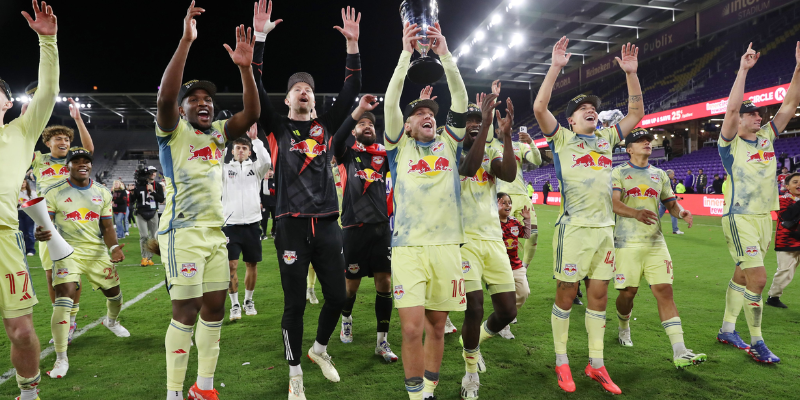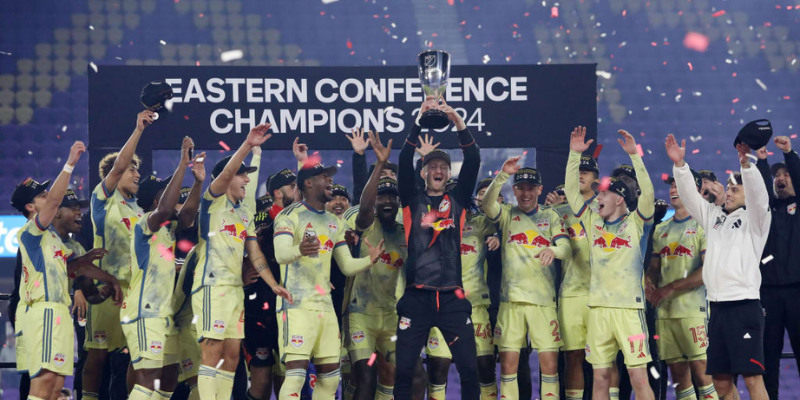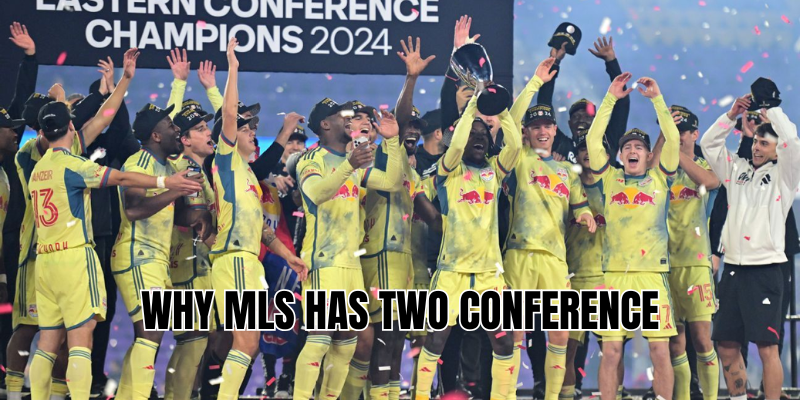If you are new to American soccer, one of the first puzzles is why MLS has two conference instead of a single league table like in Europe. The answer lies in geography, tradition, and structure. Major League Soccer follows the model of other North American sports—NBA, NFL, MLB—where Eastern and Western divisions balance travel demands and create regional rivalries. With a continent-sized country, this system makes the season manageable and keeps fans engaged with local clashes. At the same time, it shapes how teams qualify for the MLS Cup Playoffs, making conferences more than just a convenience—they are the backbone of the league’s identity.
In this article, ZizaGoal will guide you through the reasons behind this unique structure, how it works in practice, and what it means for clubs, players, and fans.
The origins of the conference system

Major League Soccer launched in 1996 with just 10 teams. At the time, organizers already leaned on the American sports tradition of conferences to split the competition. The United States and Canada cover an immense territory, and the cost of constant cross-country travel was prohibitive. Dividing clubs into East and West mirrored the NFL or NBA, giving MLS an immediately familiar structure for local fans. Over time, as expansion brought the league to 29 clubs, conferences became essential for scheduling balance and competitive integrity.
Geographic logic and travel challenges

One of the most practical answers to why MLS has two conference is geography.
- Teams in the Eastern Conference mostly face clubs along the East Coast and Midwest.
- Teams in the Western Conference play those spread across the West Coast, Mountain states, and Texas.
This ensures most away trips are manageable while still mixing in inter-conference games for variety.
Balancing competition and rivalries

Conferences also allow MLS to cultivate rivalries, which are the soul of football. By keeping teams like LA Galaxy and LAFC in the same Western Conference, or Inter Miami and Orlando City in the East, the league guarantees multiple high-stakes derbies every year. These clashes fuel fan passion and drive TV ratings.
At the same time, conferences prevent the league, a single-table format would risk long streaks of meaningless games for mid-table clubs. The conference split ensures more teams stay in playoff contention dee.
The role in MLS Cup Playoffs
The conference format isn’t just cosmetic—it dictates who competes for the ultimate prize. At the end of the regular season:
- The best teams.
- Seeding is determined within each conference.
- The winners of the Eastern and Western playoffs meet in the MLS Cup Final.
This structure means every season guarantees a clash of East vs. West for the championship, echoing the “Super Bowl” tradition of American sports. It builds anticipation and creates a storyline that stretches.
Influence from other American leagues
MLS didn’t invent the idea—it borrowed heavily. Instead of copying Europe’s single-table style, it leaned into what American audiences already understood and enjoyed. This decision was crucial in the league’s early growth and continues to shape its identity today.
Expansion and the future of conferences
With MLS rapidly expanding, conferences have become even more important. Each new club—whether in Nashville, Austin, or Miami—slots into East or West based on geography. This prevents scheduling chaos and ensures balanced competition. As talk grows of MLS reaching 32 or even 34 teams, conferences may evolve further, possibly adding sub-divisions like in the NFL. What is clear is that the two-conference system is here to stay, a cornerstone of the league’s structure and growth strategy.
Comparison with European football
For many global fans, the conference system feels strange. European leagues,, Europe’s countries are geographically compact compared to North America. Spain is smaller than Texas, while England could fit into California several times. A single-table MLS would force enormous travel burdens and dilute rivalries. Conferences may look unusual, but in the North American context, they are the most logical and effective solution.
Conclusion
Now you know exactly why MLS has two conference: geography, tradition, competitive balance, and the influence of American sports culture. By dividing teams into East and West, the league reduces travel stress, builds intense rivalries, and delivers a playoff finale that captures fans’ imagination. It may differ, but it is perfectly tailored to North America’s vast landscape and sports traditions.
At ZizaGoal, we believe this unique format makes MLS exciting in its own way, blending football passion with American showmanship. Stay with us for more guides, histories, and analyses that help you understand and enjoy the beautiful game—whether in Europe, South America, or right here in North America.







